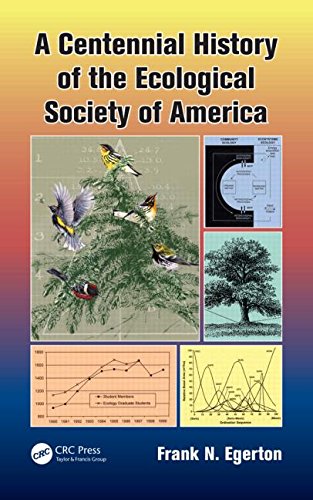

Most ebook files are in PDF format, so you can easily read them using various software such as Foxit Reader or directly on the Google Chrome browser.
Some ebook files are released by publishers in other formats such as .awz, .mobi, .epub, .fb2, etc. You may need to install specific software to read these formats on mobile/PC, such as Calibre.
Please read the tutorial at this link: https://ebookbell.com/faq
We offer FREE conversion to the popular formats you request; however, this may take some time. Therefore, right after payment, please email us, and we will try to provide the service as quickly as possible.
For some exceptional file formats or broken links (if any), please refrain from opening any disputes. Instead, email us first, and we will try to assist within a maximum of 6 hours.
EbookBell Team

4.3
48 reviewsCelebrating its 100th anniversary in 2014, the Ecological Society of America (ESA) is the largest professional society devoted to the science of ecology. A Centennial History of the Ecological Society of America tells the story of ESA’s humble beginnings, growing from approximately 100 founding members and a modest publication of a few pages to a membership that exceeds 10,000 with half a dozen important journals, in print and online. It is the story of a successful scientific society that set an example for the world.
Beginning with the society's inception, the book describes the difficulties faced early on and ways in which it expanded. It tracks the society’s progress from the early years when female ecologists were few and inconspicuous to today when they are equally conspicuous as men, and there are as many or more female graduate students in ecology as male. ESA now has members from all around the world, and its journals contain contributions from around the world.
Like all sciences, ecology began with simple questions that led to fairly simple answers. But, as ecological sciences progressed, complexity emerged in both questions and answers and the ESA has documented that process along the way. This book describes important initiatives such as the International Biological Program, the Long Term Ecological Research Network, and establishing new journals, as well as recent programs including the National Ecological Observation Network. With numerous illustrations, photographs, charts, and diagrams, the book lets you explore the early beginnings of ESA as if in conversation with its founders and appreciate the early work and achievements in the field.